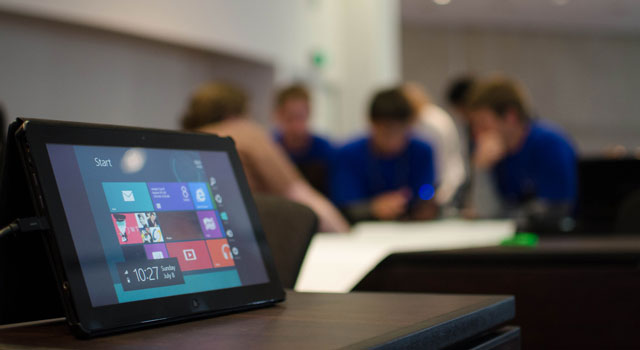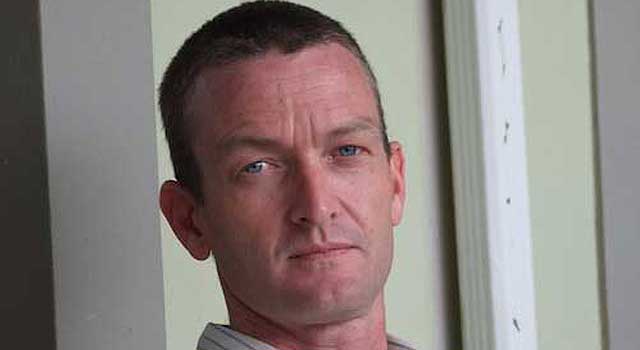
The controversial e-rate, where public schools pay only 50% for Internet access, is being expanded to include independent schools, public and private colleges, higher education institutions, further education and training bodies, and public health establishments.
The changes are included in the Electronic Communications Amendment Act, which was assented to by president Jacob Zuma last week. Communications minister Yunus Carrim must now publish an effective date for the coming into force of the new legislation.
The discounts apply to any connectivity and equipment charges.
The e-rate was introduced more than 10 years ago as a straight discount to schools for Internet services, but according to various industry players the policy was flawed because there was no mechanism for Internet service providers to recover discounts from upstream network providers like Telkom.
Internet Service Providers’ Association (Ispa) regulatory advisor Dominic Cull says the e-rate hasn’t been successful and there is nothing in the amendment that will change that.
“If we go back to the origins of the e-rate in 2001, it was conceived as a way to facilitate connectivity in schools and in an environment where Telkom was a dead factor — legally speaking, a monopoly,” says Cull.
“Given that its monopoly was being extended at that time, many people argued that it should be forced to give a 100% discount to schools but after debate it was decided that 50% was appropriate.”
The same 50% discount is still being applied in 2014 in a “completely different and competitive market”, says Cull.
“If it’s not working in education, it’s not going to work in health,” says Cull of the amendment act. “In principle, we should be doing all we can to ensure that critical services in health and education have affordable and quality access to the Internet, but there needs to be a workable mechanism.”
He says he has seen no figures that show how many schools have taken advantage of the e-rate. “I have no idea if any discounts are being passed along — I’m told they are not.”
What has to happen now is that communications regulator Icasa has to come up with a new set of e-rate regulations to govern how the amendments will work in practice. “Its previous set of regulations did not do that successfully,” says Cull. “It indicated some time ago that it would review those regulations, but never did so.”

Cull says he assumes that’s because Icasa has been waiting for the legislative amendments.
“From Ispa’s perspective, the amendment act does not address any real issues that make the e-rate complicated — there is no insight into an effective practical mechanism to allow a downstream licensee to claim a 50% discount from its upstream suppliers,” he says.
“It is not clear to us how that will work where the upstream supplier is international and under no obligation to pass through any discount.”
Cull says the concern for ISPs is that when they’re offering a 50% discount, they’re providing services substantially below cost, without an easy avenue to claim back money from upstream suppliers. It’s even tougher trying to get a 50% discount out of a hardware supplier.
“This generally leaves a lot of providers refusing to offer the service, which has the exact opposite effect of what the act is intending,” he says.
Although there is a provision that schools can get assistance from the Universal Service & Access Agency of South Africa, which is meant to direct funds to underserviced areas, Cull says it would be “more useful” if the agency “just stepped in and used some of the billions at its disposal to subsidise access or connectivity in schools”. — (c) 2014 NewsCentral Media

